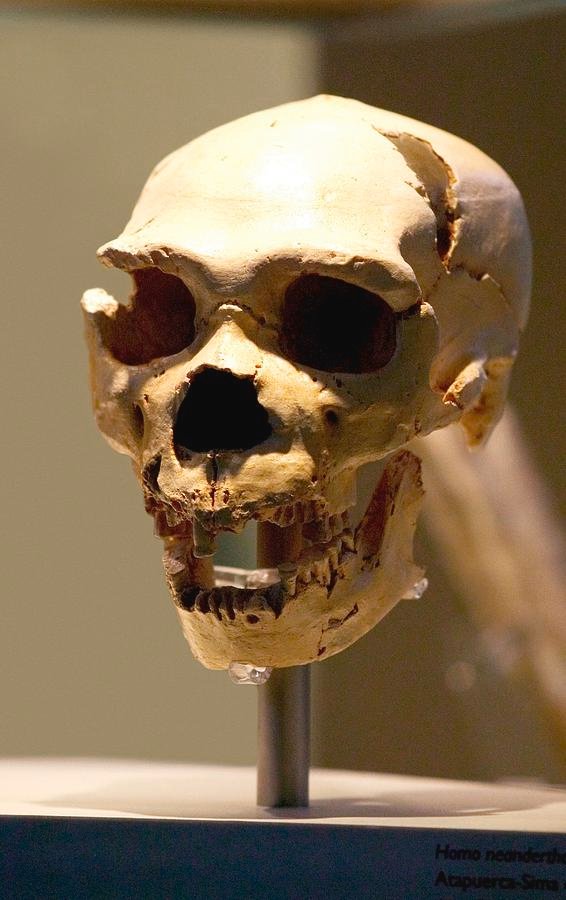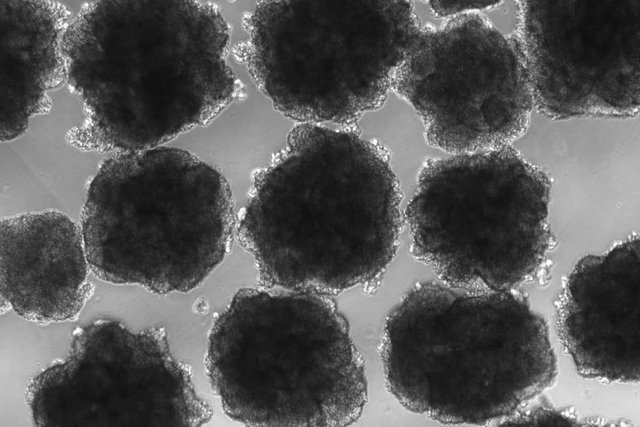For the first time it was possible to structure, in a "test tube brain", the effects of a genetic alteration typical of Neanderthals.

Credits
Studies on the evolution of the brain collide with a problem of an exquisitely practical nature: the brain does not fossilize and there are no concrete findings to be analyzed. To fill these gaps, a group of scientists from the University of California at San Diego used a tool that rarely crosses paleoanthropology, namely stem cells : these precursors of every other cell type can be used to build organoids, "drafts" miniature of human body organs usually employed in medical research.
MINI-NEANDERTHAL BRAIN
The Californian team programmed the stem cells to express a genetic alteration typical of the Neanderthal brain, and then observed the consequences of all this on the resulting organoid - a "neanderthalized" mini-brain, a goal pursued for some years already .
In the research published in Science , Alysson R. Muotri and colleagues cataloged the differences between the genomes of some modern human populations and those of Neanderthals and Denisovans, to finally focus on a particularly significant alteration for brain development, in the NOVA1 gene . . The altered gene plays an important regulatory role because it affects the activity of many other genes during neurodevelopment. By leveraging CRISPR molecular scissors , the scientists obliged human stem cells to express the "Neanderthal" mutation on the gene in question, obtaining in response brain organoids with some Neanderthal characteristics - some, because the reproduced one is only one of the 61 genetic alterations crucial for the brain initially identified.
Brain organoids are clusters of cells no larger than a lentil, far from resembling real brains: for example, they do not contain fundamental tissues, such as the supporting cells of the glia , nor are they connected to blood vessels. Muotri and colleagues were able to reproduce an oscillatory electrical activity in these simplified brains, with brain waves similar to those produced by human brains. But it is a nervous activity without cognitive significance.

Credits
Neanderthal organoids were already very different in appearance from those of sapiens, and the differences also extended to the speed of cell proliferation, the formation of synapses (the connections between neurons) and the electrical activity of brain connections. The electrical impulses appeared higher in the early stages of mini-brain formation, but less synchronized than observed in human organoids.
ALREADY VERY DIFFERENT
“The study focused on a single gene that differentiates modern humans from our extinct relatives. It is fascinating to see how the alteration of a single base pair of human DNA affects the way the brain is connected. In the future, we want to look at the other 60 genes to understand what happens when any of them, or a combination of two or more, are altered, ”explained Muotri. "The ability to compare modern humans to other extinct hominins using organoids with ancient genetic variants constitutes an entirely new field of study."
Thanks for good informations...^^
Downvoting a post can decrease pending rewards and make it less visible. Common reasons:
Submit